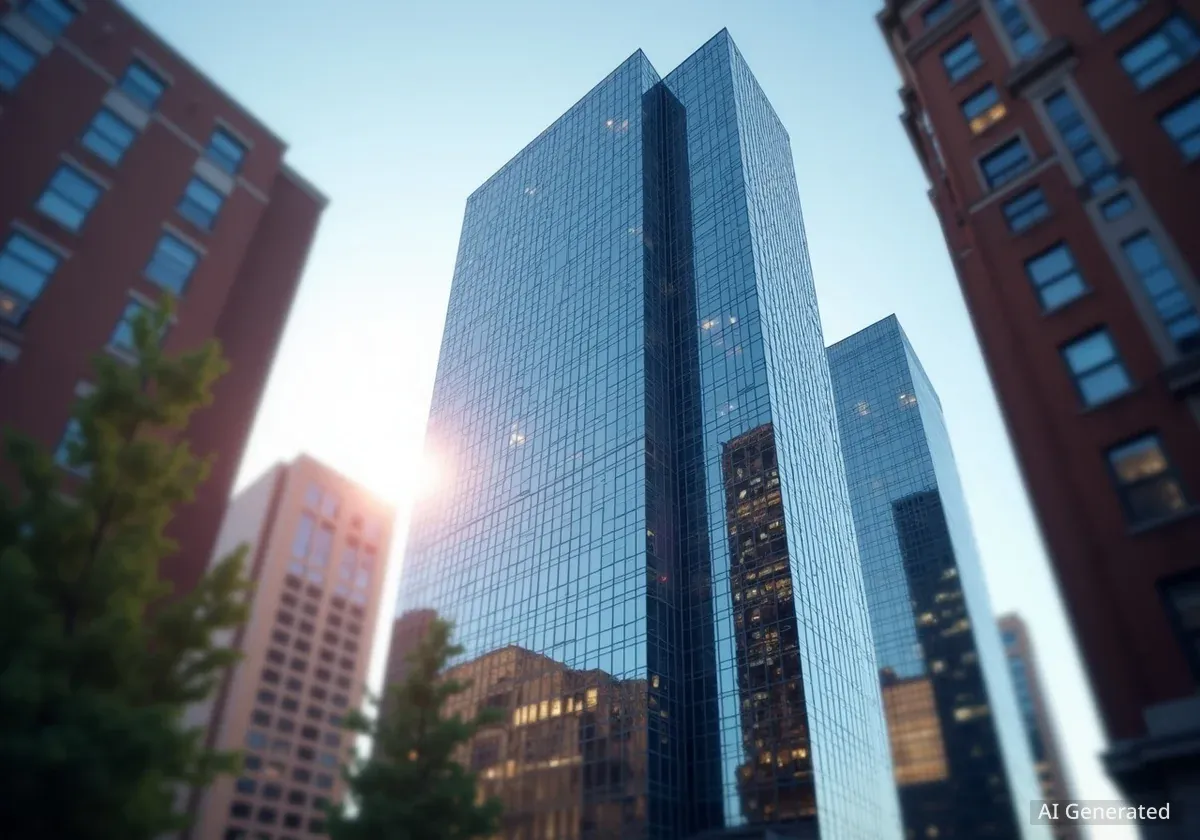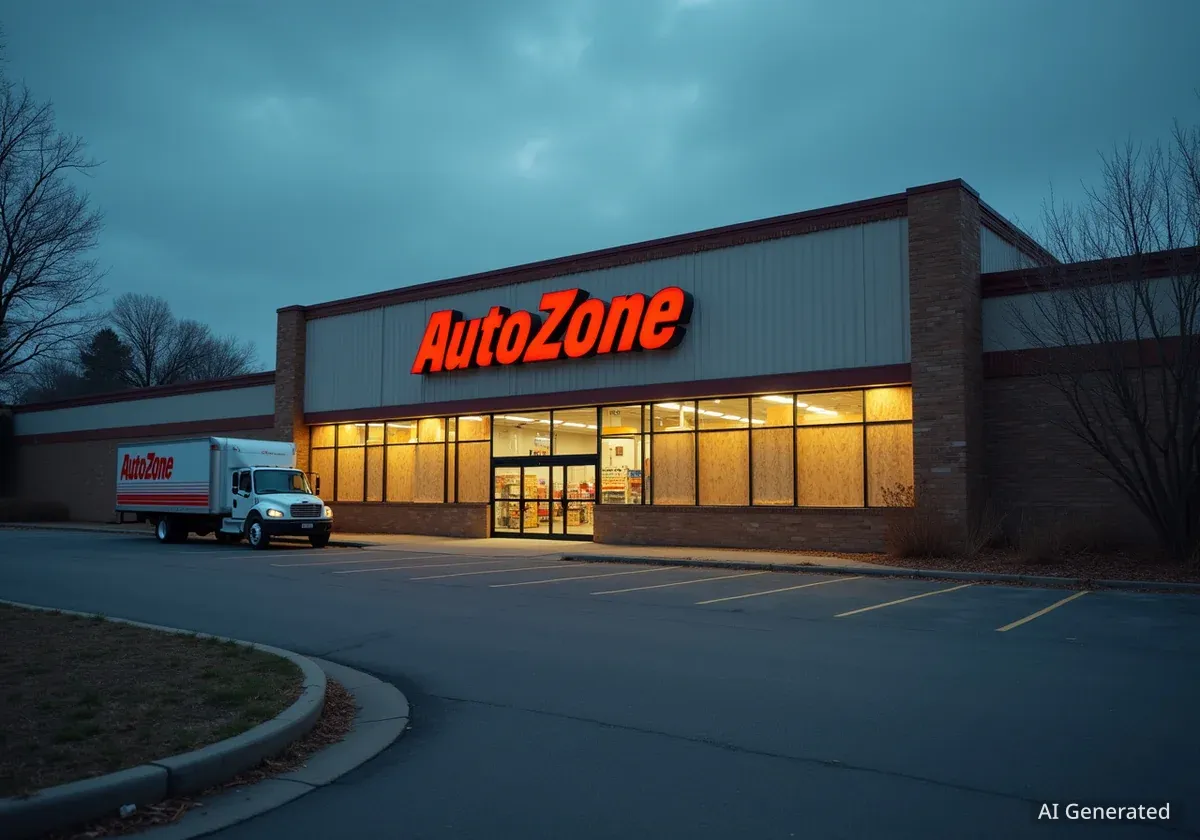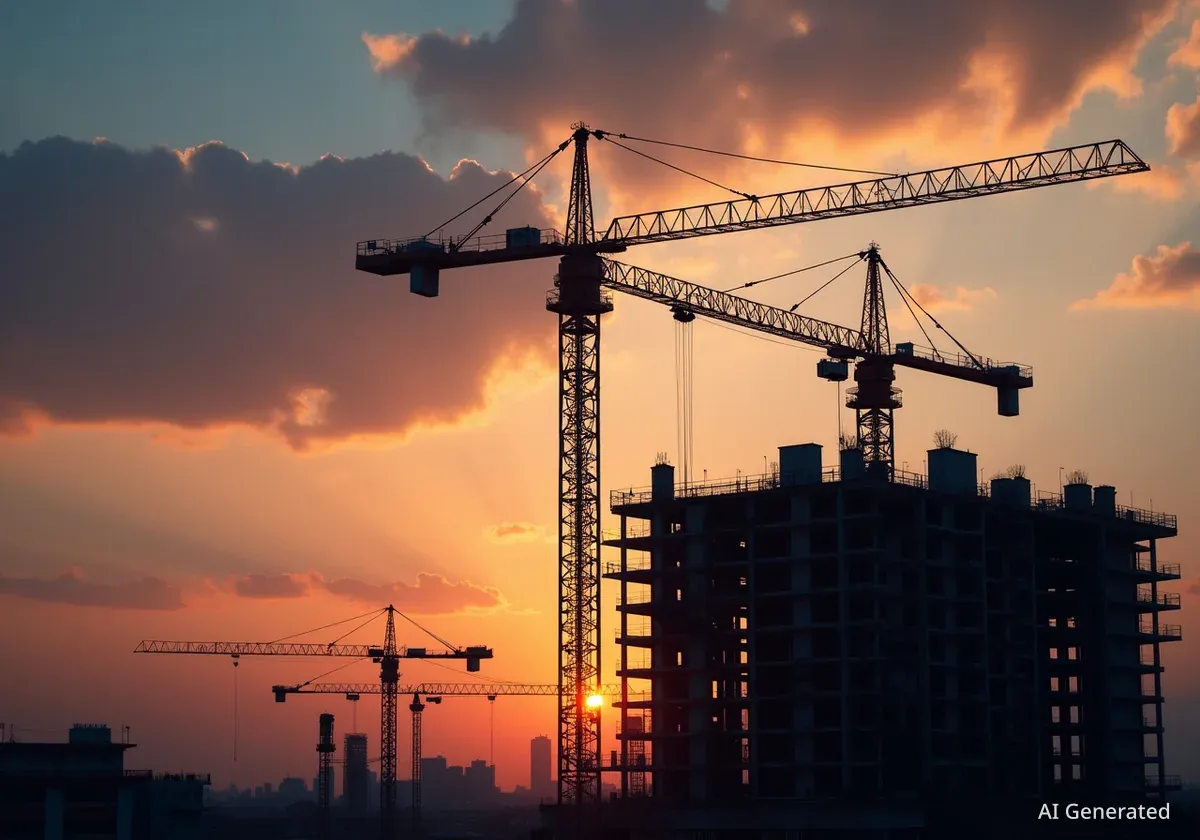Chicago's downtown office market is presenting a complex picture. While overall vacancy rates suggest an abundance of available space, a closer look reveals a highly competitive environment for premium, modern office buildings. This growing divide separates top-tier properties from older, less desirable ones, creating two distinct markets within the same city.
Companies are increasingly prioritizing high-quality, amenity-rich workspaces to attract and retain talent in a hybrid work era. This has led to a surge in demand for so-called "trophy" buildings, even as vast amounts of space in older buildings remain empty. Landlords of these premium properties are seeing strong leasing activity, while others face significant challenges.
Key Takeaways
- Chicago's office market is split: high demand for new, premium buildings and high vacancy in older properties.
- The trend known as the "flight to quality" is driving companies to upgrade their office spaces.
- Trophy buildings command higher rents and have significantly lower vacancy rates compared to the city's average.
- Older office buildings face pressure to either undergo expensive renovations or consider conversion to other uses, such as residential.
- This divergence is reshaping the economic landscape of downtown Chicago's commercial real estate sector.
A Tale of Two Markets
On the surface, Chicago's office statistics paint a picture of a tenant's market, with vacancy rates hovering at record highs since 2020. However, this single figure masks a fundamental split. The market is not uniform; it is sharply divided by building quality, age, and location.
Newer, state-of-the-art buildings, often referred to as Class A+ or trophy properties, are performing exceptionally well. These buildings offer the modern amenities, advanced technology, and prime locations that today's top companies demand. In contrast, older buildings, particularly those classified as Class B and C, are struggling with prolonged vacancies and declining rental income.
Understanding Office Building Classes
Commercial office buildings are typically categorized into three classes. Class A represents the highest quality buildings in prime locations with modern amenities. Class B buildings are well-maintained but older and have fewer amenities. Class C properties are the oldest and are often in less desirable locations, requiring significant renovations.
This bifurcation is a direct result of changing workplace expectations. The rise of remote and hybrid work models means that an office must be more than just a place to work; it must be a destination that fosters collaboration, innovation, and employee well-being.
The Flight to Quality Explained
The primary driver behind this market split is the "flight to quality." This trend sees companies moving from older, less-equipped offices to newer, more attractive ones, even if it means paying a premium on rent. The rationale is strategic: a superior workplace is a key tool for attracting and retaining top employees.
"Companies are making a calculated decision. They realize that to bring people back to the office, the office itself has to be a compelling destination," said a senior analyst at a Chicago-based commercial real estate firm. "They are willing to invest in space that enhances their brand and culture."
These top-tier buildings offer features that have become essential in the post-pandemic era. These often include:
- Advanced Air Filtration: High-efficiency HVAC systems that improve indoor air quality.
- Flexible Floor Plans: Open, adaptable spaces that can be configured for both collaborative and individual work.
- High-End Amenities: On-site fitness centers, cafes, rooftop terraces, and tenant lounges.
- Prime Locations: Easy access to public transportation, restaurants, and other city attractions.
By consolidating their footprint into a smaller but higher-quality space, companies can enhance their employee experience while often keeping their overall real estate costs manageable.
Vacancy Rate Disparity
According to recent market analysis, the vacancy rate for trophy buildings in downtown Chicago is approximately 15% lower than the rate for Class B and C properties. This highlights the intense competition for premium space despite the overall market softness.
Data Highlights the Widening Gap
The numbers clearly illustrate the growing chasm in the market. While the city's overall office vacancy rate is over 20%, the rate for the most desirable trophy buildings is often in the low double digits. This demand has allowed landlords of premium properties to maintain, and in some cases even increase, rental rates.
Conversely, owners of older buildings are facing immense pressure. To compete, they must offer significant concessions, such as months of free rent or generous allowances for tenant improvements. Even with these incentives, many are struggling to attract new tenants to fill spaces vacated by companies moving to newer towers.
This dynamic has created a competitive scrum for the best available spaces. A new lease signing in a building like 191 N. Wacker Drive or a tower in the Fulton Market district is now a major news event, signaling confidence in a particular property and location.
The Future for Older Office Buildings
The challenges facing Chicago's older office stock are substantial. Many of these buildings, constructed in the mid-to-late 20th century, are functionally obsolete and cannot easily accommodate the demands of modern tenants without massive capital investment.
Renovate or Repurpose
Landlords of these properties are at a crossroads. One option is to undertake costly renovations to modernize systems, update common areas, and add new amenities. However, the financial viability of such projects is uncertain in a market with so much competition.
Another increasingly discussed option is adaptive reuse. This involves converting obsolete office buildings into other uses, most commonly residential apartments or hotels. Several high-profile conversion projects are already underway or have been proposed in Chicago, including plans for the Pittsfield Building. While promising, these conversions are complex and expensive, requiring significant private and sometimes public investment.
Without a clear path forward, some of these older buildings risk becoming "zombie buildings"—largely vacant properties that drain resources without generating significant income, creating a blight on the urban landscape.
The city's economic health is tied to the vibrancy of its central business district. A successful strategy for revitalizing or repurposing these aging assets will be critical for the long-term prosperity of downtown Chicago.





